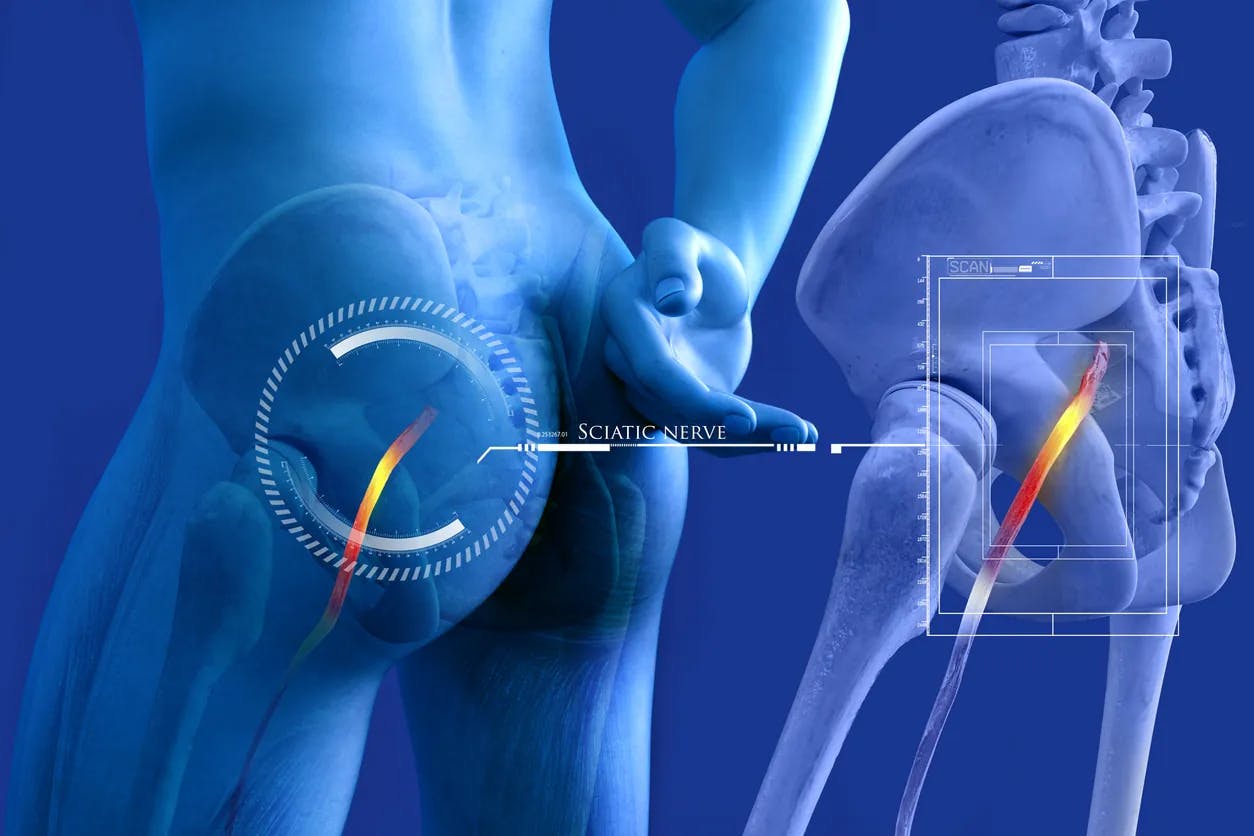.97077bf4.webp&w=640&q=75)
Sciatica

Sciatica is a common condition that affects the sciatic nerve, the largest nerve in the body. It is typically characterized by a sharp and shooting pain that radiates from the lower back down the back of the leg. This pain can range from mild to severe and can make it difficult to walk, sit, or stand for long periods of time.At our Beverly Hills neurology clinic, we offer at-home and telehealth services to diagnose and treat sciatica. Our team of expert neurologists will work with you to develop a personalized treatment plan that may include medications, physical therapy, or other non-surgical options.If you are experiencing symptoms of sciatica, don't let the pain control your life. Contact us to book an appointment and take the first step towards relief. Our at-home and telehealth services make it easy and convenient for you to get the care you need from the comfort of your own home. Don't wait any longer, schedule an appointment today and start feeling better tomorrow.
Frequently Asked Questions
What is Sciatica?
Sciatica is a condition that occurs when the sciatic nerve, which runs from the lower back down through the buttocks and into the legs, becomes compressed or irritated. This can cause symptoms such as pain, tingling, numbness, or weakness in the lower back, buttocks, and legs.
What are the symptoms of Sciatica?
The most common symptoms of sciatica include pain, tingling, numbness, or weakness in the lower back, buttocks, and legs. This pain may be sharp and shooting, or it may be a dull ache that radiates down the leg. Other symptoms may include difficulty standing or sitting for long periods of time, difficulty moving the affected leg or foot, or difficulty controlling the muscles in the affected leg or foot.
How do I know if I have Sciatica?
If you are experiencing any of the symptoms described above, it is important to see a doctor for a proper diagnosis. Your doctor will likely perform a physical examination and may also order imaging tests such as an MRI or nerve condution studies to confirm the diagnosis.
What are the most common treatments for Sciatica?
The most common treatments for sciatica include physical therapy, and medications such as pain relievers or anti-inflammatory drugs. In more severe cases, surgical intervention may be necessary to relieve pressure on the sciatic nerve.
What can I do to prevent Sciatica?
There are several things you can do to prevent sciatica, including maintaining good posture, avoiding prolonged sitting or standing, and maintaining a healthy weight. Regular exercise and stretching can also help prevent sciatica.
Can Sciatica be cured?
Sciatica can often be treated and managed, but it is not always curable. The success of treatment depends on the underlying cause of the sciatica and the severity of the symptoms. In many cases, sciatica can be effectively managed with a combination of rest, physical therapy, and medications.
What are the potential complications of Sciatica?
If left untreated, sciatica can lead to complications such as muscle weakness, loss of sensation in the affected leg or foot, or even permanent nerve damage. It is important to see a doctor for proper treatment to avoid these complications.
Can Sciatica be caused by a herniated disc?
Yes, a herniated disc is one of the most common causes of sciatica. A herniated disc occurs when the soft, spongy center of a spinal disc protrudes through a tear in the outer layer, putting pressure on the sciatic nerve.
Is Sciatica more common in men or women?
Sciatica is actually more common in women than in men. This may be because women are more likely to develop conditions such as pregnancy or obesity, which can put extra pressure on the sciatic nerve.
Can Sciatica be caused by spinal stenosis?
Yes, spinal stenosis, which is a narrowing of the spinal canal, can also cause sciatica. This narrowing can put pressure on the sciatic nerve, leading to symptoms such as pain, tingling, numbness, or weakness in the lower back, buttocks, and legs.